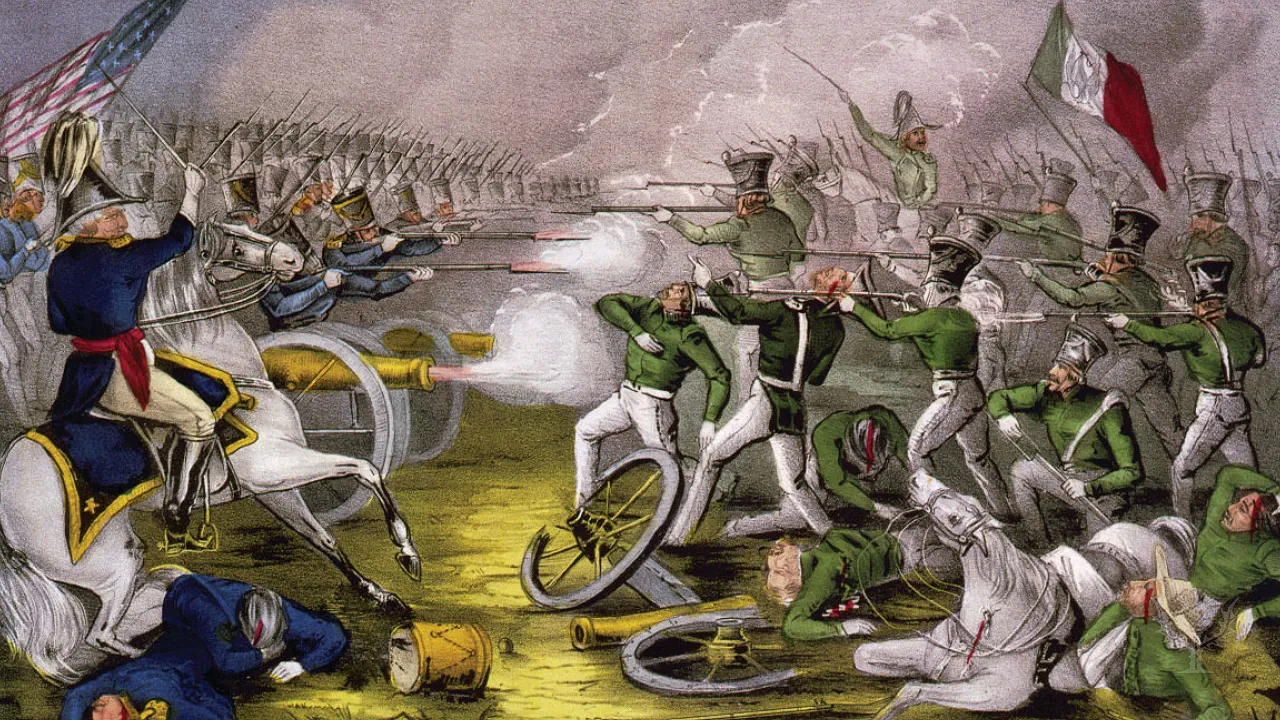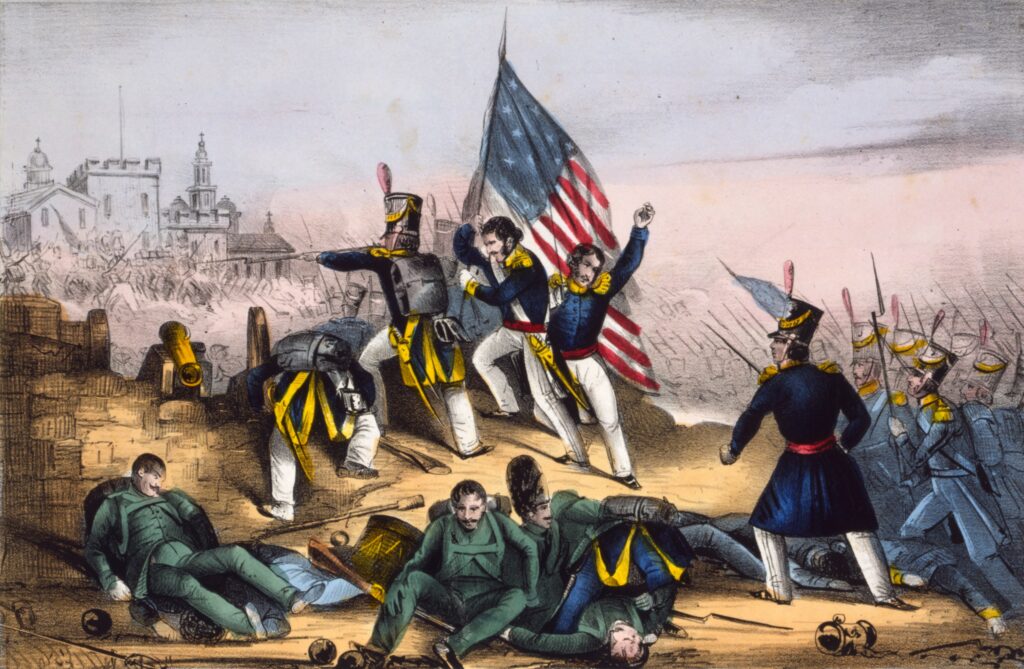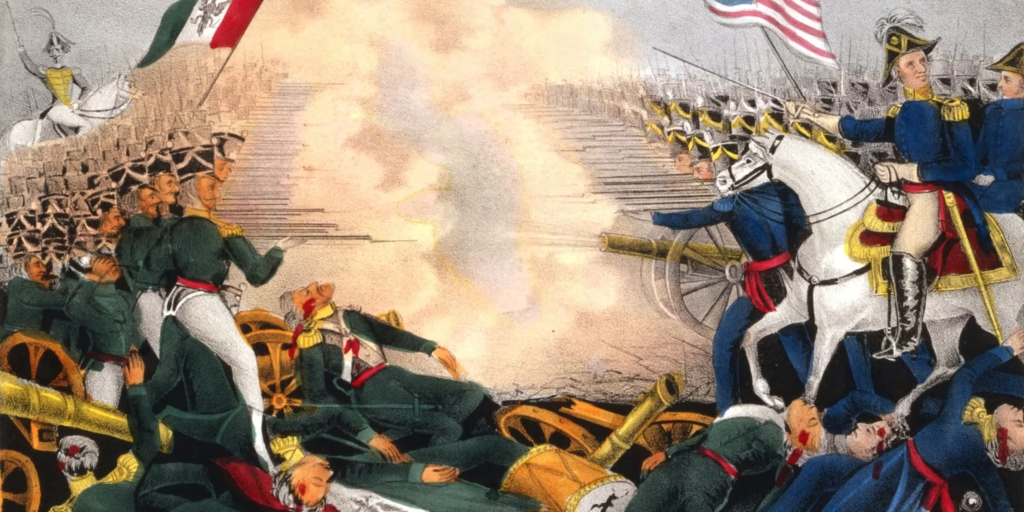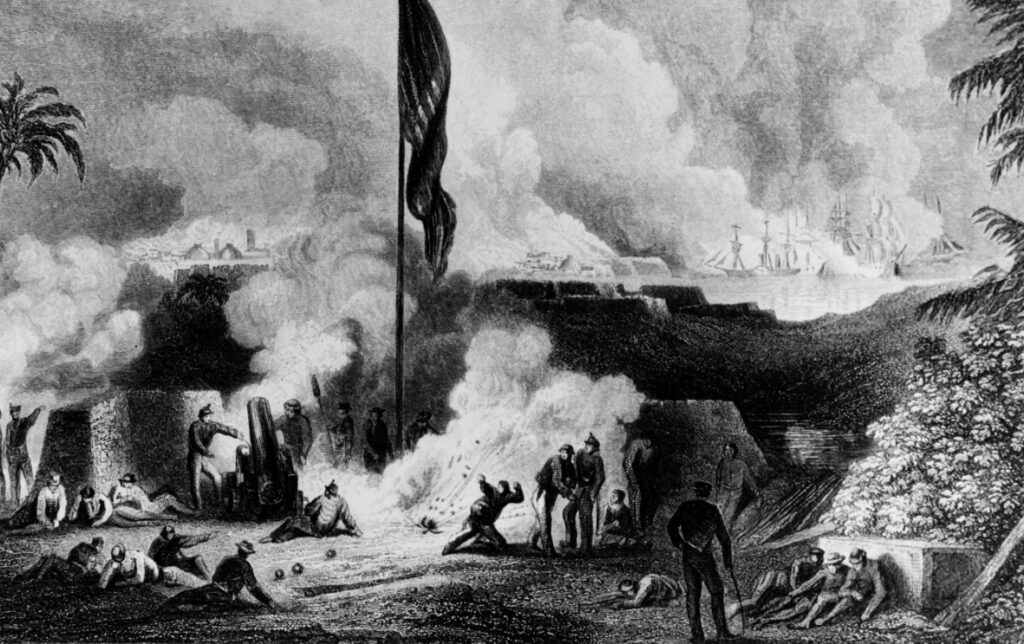“Clash of Borders: The Full History and Lasting Impact of the Mexican-American War (1846–1848)”

The Mexican-American War (1846–1848) was a pivotal and controversial conflict between the United States and Mexico, sparked by territorial disputes, expansionist ambitions, and the ideology of Manifest Destiny. Though often overshadowed by other 19th-century events, the war dramatically redrew the map of North America, strained diplomatic relations, and set the stage for internal conflicts in both nations—including the American Civil War.
Background: Manifest Destiny and Rising Tensions
In the early 19th century, the United States embraced the belief in Manifest Destiny—the idea that it was the divine mission of the U.S. to expand across the North American continent, from the Atlantic to the Pacific.
Tensions escalated after:
- The Annexation of Texas in 1845, which had declared independence from Mexico in 1836.
- Mexico never recognized Texas’s independence and considered the annexation an act of aggression.
- Disputes over the southern border of Texas—Mexico claimed it was the Nueces River, while the U.S. insisted it was the Rio Grande.
U.S. President James K. Polk, a strong supporter of westward expansion, sought not only to secure Texas but also to acquire California and New Mexico.
The War Begins
In April 1846, after a skirmish between Mexican and U.S. troops in the disputed territory, Polk declared that Mexico had “shed American blood upon American soil,” and Congress approved war. The U.S. launched a multi-front military campaign, with battles fought in:
- Texas
- New Mexico
- California
- Northern and central Mexico
Key Campaigns and Battles
- Zachary Taylor’s Campaign (Northern Mexico)
- Won early victories at Palo Alto and Resaca de la Palma.
- Defeated Mexican forces at the Battle of Monterrey and Buena Vista, despite being outnumbered.
- Stephen W. Kearny and the Southwest
- Led the Army of the West to occupy Santa Fe and then moved into California.
- The Bear Flag Revolt
- American settlers in California declared independence from Mexico in June 1846.
- U.S. forces quickly seized control of California with minimal resistance.
- Winfield Scott’s Invasion of Central Mexico
- Led an amphibious landing at Veracruz in 1847—the first in U.S. history.
- Advanced inland, defeating Mexican troops at Cerro Gordo, Contreras, Churubusco, and Chapultepec.
- Occupied Mexico City in September 1847, effectively ending major combat.


Treaty of Guadalupe Hidalgo (1848)
Signed on February 2, 1848, the treaty ended the war with sweeping consequences:
- Mexico ceded nearly half of its territory (modern-day California, Nevada, Utah, most of Arizona, and parts of New Mexico, Colorado, and Wyoming)—an area known as the Mexican Cession.
- The U.S. paid $15 million in compensation and assumed $3.25 million in American claims against Mexico.
- The Rio Grande was established as the border between Texas and Mexico.
Impact on the United States
- The war added over 500,000 square miles of territory to the U.S.—a massive expansion of its continental footprint.
- It reignited fierce debates over slavery, particularly whether the new territories should allow it. This division helped set the stage for the American Civil War.
- Military leaders like Zachary Taylor and Winfield Scott gained national fame; Taylor would later become president.
- The conflict was America’s first large-scale foreign war and tested its logistics, tactics, and diplomacy.
Impact on Mexico
- Mexico lost more than half of its national territory, a blow to its national pride and economic development.
- The war exposed political divisions and corruption within the Mexican government and military.
- It left Mexico economically weakened and politically unstable, contributing to decades of internal turmoil and foreign intervention (such as the French occupation in the 1860s).
Controversy and Opposition
The war was heavily criticized in the U.S., particularly by:
- Abolitionists, who viewed it as an effort to expand slave territory.
- Politicians like Abraham Lincoln (then a Congressman), who questioned Polk’s justification for the conflict.
- Writers and thinkers like Henry David Thoreau, who famously refused to pay taxes in protest and wrote Civil Disobedience.
Many Americans considered the war unjust and aggressive—a “war of conquest” against a weaker neighbor.
Legacy
The Mexican-American War remains a defining event in the histories of both nations:
- It solidified the U.S. as a continental power.
- It created lasting cultural and demographic shifts, particularly in the American Southwest.
- It left a legacy of mistrust between the U.S. and Latin America.
- It reshaped the borderlands, where Mexican heritage remained strong, despite U.S. governance.

Conclusion
The Mexican-American War was far more than a military conflict—it was a clash of visions, cultures, and empires, with repercussions that still echo today. While it helped realize the U.S.’s Manifest Destiny, it came at the cost of territorial loss, war trauma, and national identity for Mexico. Understanding this war is essential to grasp the complex and often contentious history of the U.S.–Mexico relationship and the development of the American West.




